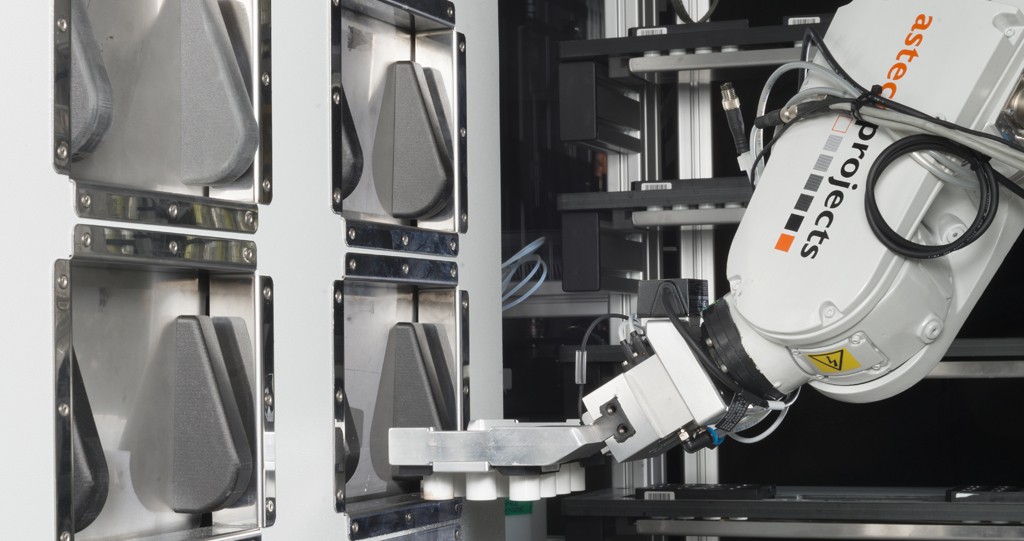Machine Learning in Your Industrial Robotics Application

 Machines that are coded with Artificial Intelligence (AI) mimic human actions and think like humans. Machine learning and AI capabilities have been quickly emerging in industrial robotics technology. In their journey to boost productivity, manufacturers intend to improve the rigid skills of traditional industrial robots.
Machines that are coded with Artificial Intelligence (AI) mimic human actions and think like humans. Machine learning and AI capabilities have been quickly emerging in industrial robotics technology. In their journey to boost productivity, manufacturers intend to improve the rigid skills of traditional industrial robots.
The merging of AI and robotics has numerous consequences, and those who adopted these new systems of robotics are enjoying the benefits. The technology might be new, but it is widely available and affects processes of manufacturing in multiple ways.
Types AI and Industrial Robot Technology
FANUC is a leader in the AI and industrial robot industry. The manufacturer has been focusing on AI and greater connectivity in their industrial robots on numerous fronts. The company has been utilizing FIELD (FANUC Intelligent Edge Link and Drive) platform of industrial internet of things for purposes of manufacturing. The platform was the product of a collaboration between Rockwell Automation and Cisco to build an intelligent system of industrial robots.
KUKA is another leader in robot manufacturing, which implements machine learning and AI technology in their collaborative robots. The resulting product is a robot that can safely work alongside people, and that can be reprogrammed to allow for new tasks. This is unlike ancient industrial robots that depend on extensive coding for the performance of every task.
Benefits of Industrial Robotics and AI Technology to Manufactures
One of the top benefits that can easily be realized from this technology is increased productivity and uptime as a result of predictive maintenance. An integration of industrial robotics technology and AI allows robots to monitor their performance and accuracy, showing the moment maintenance is needed to prevent costly downtime.
Collaborative robots normally utilize machine learning technology and AI. For instance, Baxter and Sawyer robots by Rethink Robotics are collaborative robots that can be coded for numerous tasks at a single time and can learn to accomplish tasks safely alongside people.
There are collaborative robots that can be coded merely by teaching them how to perform a task. The robot can then redo the task and learn the reason for failure every time it attempts. This is until it can accomplish a task with repeatability of a high degree.
There are numerous advantages of AI, industrial robotics, and machine learning technologies combining into one system for manufacturing production. Reduced programming time, higher productivity, and increased uptime are some of the best advantages for the current manufacturer.
Thanks for helping to keep our community civil!
This post is an advertisement, or vandalism. It is not useful or relevant to the current topic.
You flagged this as spam. Undo flag.Flag Post


